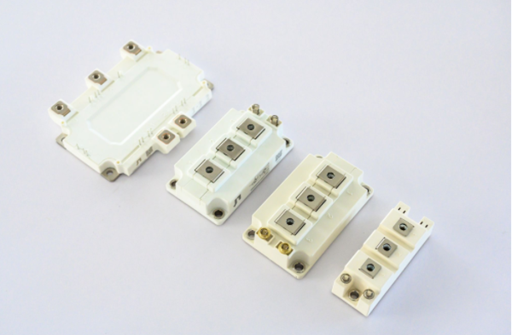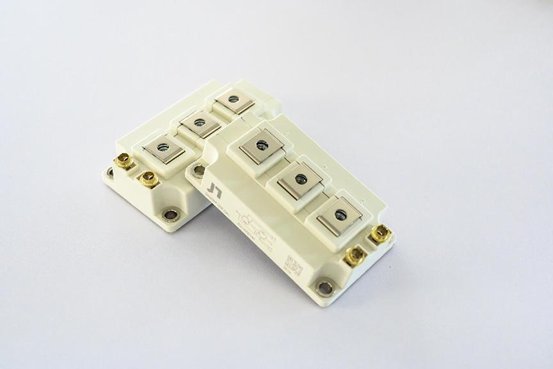IGBT MODULE RELIABILITY EXPERIENCE SHARING
With the rise of emerging applications such as wind power generation, smart grid construction, electric vehicles, and high-voltage inverters, high-power IGBT modules are increasingly used. Correspondingly, the importance of IGBT reliability in high-power power supply design is increasing day by day. . System reliability has become one of the most important design indicators. The reliability of high-power switching devices is a top priority.

The failure mechanism of IGBT modules can be roughly divided into two categories and nine aspects in total. They are:
The first category includes four problems caused by insufficient parameter margin:
1. The transformer junction capacitance is too large relative to the voltage change rate, causing coupling current interference problems. The consequences of this problem are output logic errors, control circuit interference, circuit failure, etc.
2. The operating frequency (minimum pulse width) of the drive circuit is insufficient relative to the IGBT switching frequency (duty cycle range), or the average output power of the auxiliary power supply is insufficient, resulting in unstable output. The consequence of this problem is that the driving state fluctuates and the probability of the worst-case scenario in the system increases.
3. The rising and falling edge rate of the output voltage of the drive circuit does not match the IGBT switching rate, or the peak power of the auxiliary power supply is insufficient, causing the drive circuit to fail to reach full amplitude driving. The consequence of this problem is that the consistency of product batches is reduced and the probability of the worst-case scenario in the system is increased.
4. The rated output power density of the driver chip is relatively insufficient, resulting in accelerated device aging. The consequence of this problem is that the delay time increases resulting in a relative lack of dead time.
The second category includes five issues related to applied technology;
1. Problems with device selection. Including: reliability issues of energy storage capacitors; equivalent DC resistance issues of capacitors; aging and reliability issues of photosensitive devices; environmental dust in optical interfaces and mechanical strength of interfaces, etc.
2. Problems with output logic reliability. Including; some suggested measures for memory logic errors; suggestions for the installation location of the driver board.
3. Problems with coupling current paths. Including; installation environment and location of each unit. Grounding issues, coupled current steering issues, system sensitive bandwidth, latch-up, power integrity issues.
4. Problems with the value of the output resistor. Including; the constraints of the upper limit of the value, the constraints of the lower limit of the value, and the relationship between the IGBT temperature and the value interval.
5. Problems with IGBT installation. Including; failure due to uneven thermal or mechanical stress; failure due to uniformity of thermal resistance and heat dissipation conditions.



